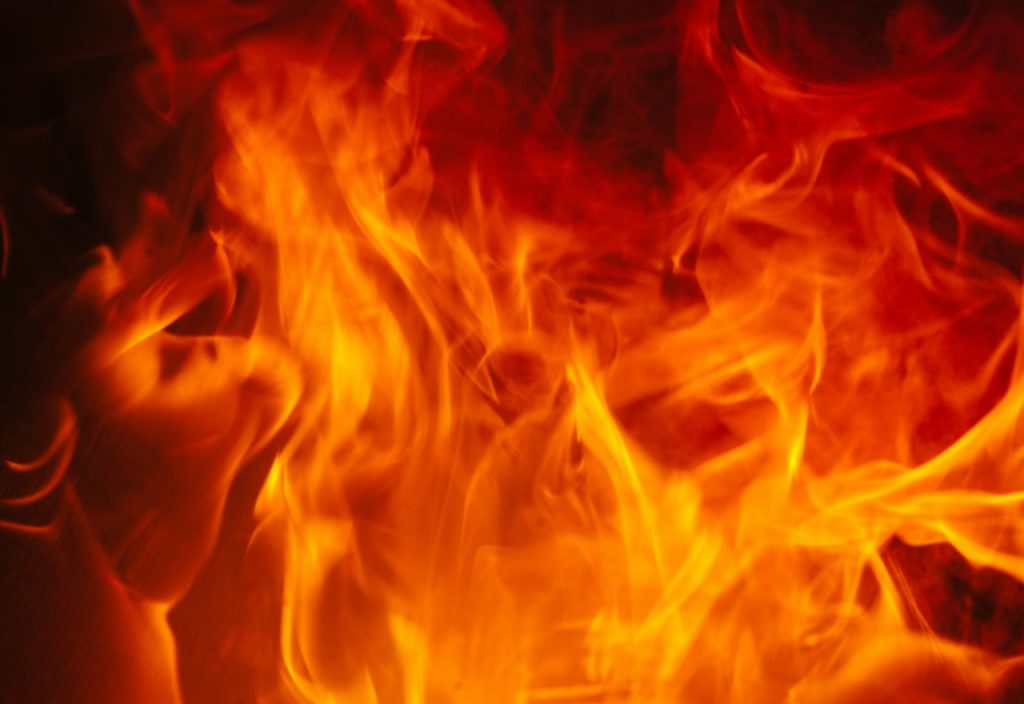For a fire to happen, three elements are present, as illustrated in the ‘Fire Triangle’, also known as ‘The Combustion Triangle’. Heat, fuel, and a combusting agent, which is usually oxygen, when combined at the right circumstances, ignites a fire. In that regard, it is something preventable most of the time. Fire fighting training explains fires and how to respond to them before it becomes dangerous or fatal. To do this, first, be familiar with the different types of fire. This is important because not all fires can be extinguished with water.
Six Types of Fires:
Class A – is a fire caused by organic, highly combustible materials like paper, wood, or coal which can easily be put out with water. Also, foam, dry powder, and wet chemicals may be used.
Class B – is a fire that ignited from flammable liquids; namely paint, petrol, and anything that has similar properties. It only calls for something that can counter the liquid fuel form, so fire extinguishers using foam, carbon dioxide and dry powder may be used.
Class C – Butane and methane are flammable gases which may only be extinguished by dry powder.
Class D – Flammable metals like lithium and magnesium fall under this type, in which dry powder may be the only way used to eradicate fire ignited by it.
Electrical wirings, computers, and chargers may create short circuits which can cause a fire. Only two kinds of extinguishers can put the fire out. This includes dry powder and CO2.
Class F – Olive oil and fat are the culprits of this type of fire, which may only be put out by wet chemicals. That’s why it was separated from being a flammable liquid as Class B.

Colour-coding for Fire Extinguishers
While there are different types of fires we need to understand, knowing how to extinguish it effectively may prevent a lot of damage from happening. Somebody who is trained properly could save lives. So, it is advantageous to at least understand the colour coding for the appropriate fire extinguisher to be used.
RED for Water Fire Extinguishers
These are the most common type that you will see in indoor premises.
CREAM for Foam Extinguishers
These are most commonly used for putting out Class B fires.
BLUE for Dry Powder Extinguishers
They are known as the ABC extinguisher because it can extinguish fires involving Class A, B, and C.
BLACK for Carbon Dioxide (CO2) Extinguishers
These are considered the primary extinguisher used to put out electrical fires.
YELLOW for Wet Chemical Extinguishers
These are used for Class F fires which involve cooking oils and fats.
Knowing the basics is always important in ensuring safety. Understanding the source of a fire leads you to the right type of extinguisher that you need to use to eradicate the fire efficiently. Jumping to conclusions without any background knowledge could just make things worse. It is always a great idea to have an emergency services officer on-site to deal with any accidents that occur, including fires.
Deciding whether you can put out a fire or not is based on these key criteria:
- The fire is small enough to contain
- The correct type of fire extinguisher stands available and within easy reach
- The correct type of fire extinguisher is fully charged and large enough to put out the fire
- You are trained to use the proper fire extinguisher
- You are certain that you, and the others around you, are not in danger if you use the correct type of fire extinguisher


